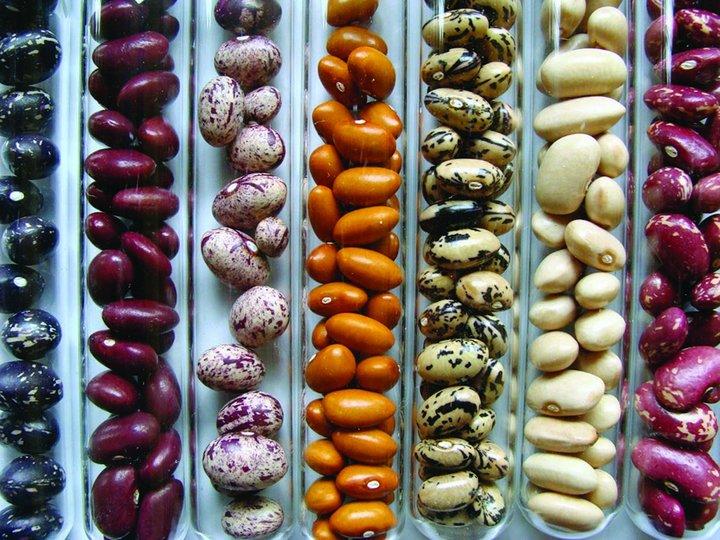Strategic Action Plan for Mesoamerica: A 10-year roadmap

Bioversity International and partners have spent over a year gathering data and discussing how the agriculturally biodiverse region of Mesoamerica can best use its plant genetic 2013 story.
Bringing more than 100 regional stakeholders together, Bioversity International and partners have spent over a year gathering data and discussing how the agriculturally biodiverse region of Mesoamerica can best use its plant genetic resources to adapt to climate change. The result is a strategic action plan that is now available in both English and Spanish: SAPM – Strategic action plan to strengthen conservation and use of Mesoamerican plant genetic resources in adapting agriculture to climate change.
The Strategic Action Plan for Mesoamerica (SAPM) has been adopted by the Ministers of Agriculture who make up the Central American Agricultural Council, and the Director General of the Inter-American Institute for Cooperation on Agriculture (IICA) pledged support for its implementation. In fact, IICA has already begun to implement actions included in the SAPM, and its Programme on Agriculture, Natural Resources Management and Climate Change has emphasized that the SAPM will guide their actions regarding plant genetic resources for food and agriculture over the next 10 years. The plan is also influencing the development of the national seed legislation of Guatemala, and several projects of the International Treaty on Plant Genetic Resources for Food and Agriculture (ITPGRFA).
This rapid uptake of the SAPM by policymakers, regional organizations, NGOs and others is attributed to the plan’s inclusive consultation process and scientific assessment, which included geospatial analysis, genebank questionnaires, relevant policy reviews and farmer consultations to understand the status of ex situ, in situ and on-farm conservation of plant genetic resources. The geospatial analysis resulted in more than 3,000 maps of 384 cultivated species and their wild relatives.
The unprecedented consultation process invited representatives from multiple sectors of national governments, universities, regional and international agriculture organizations, farmers, civil society and donors from all countries in the region. Some were not even aware that they were stakeholders until they were invited.
“Not only are we creating alliances between different sectors,” says Juanita Chaves from ITPGRFA, “but the SAPM is saying that you have to be more consistent with each other, strengthen capacity, and improve not only the collection and understanding of your genetic resources, but also document it better and make that information open access.”
The SAPM is one of Bioversity International’s main contributions to supporting the implementation of the ITPGRFA in the Americas. It also contributes to CCAFS – the CGIAR Research Program on Climate Change, Agriculture and Food Security.
Read more Annual Report 2013 stories.
